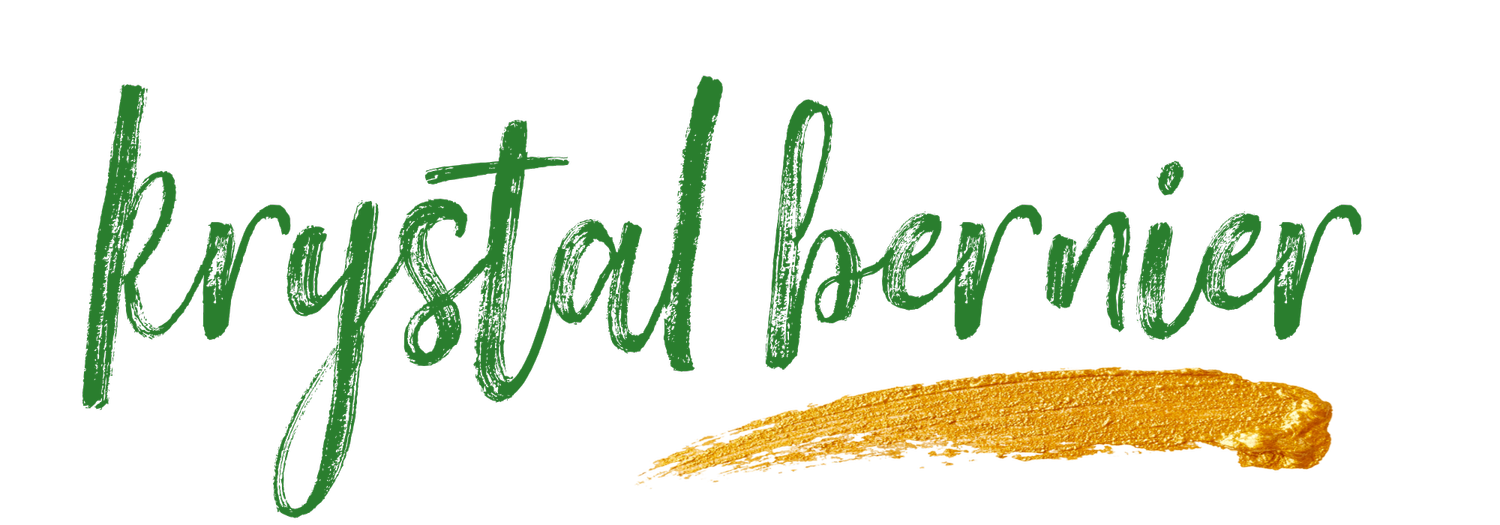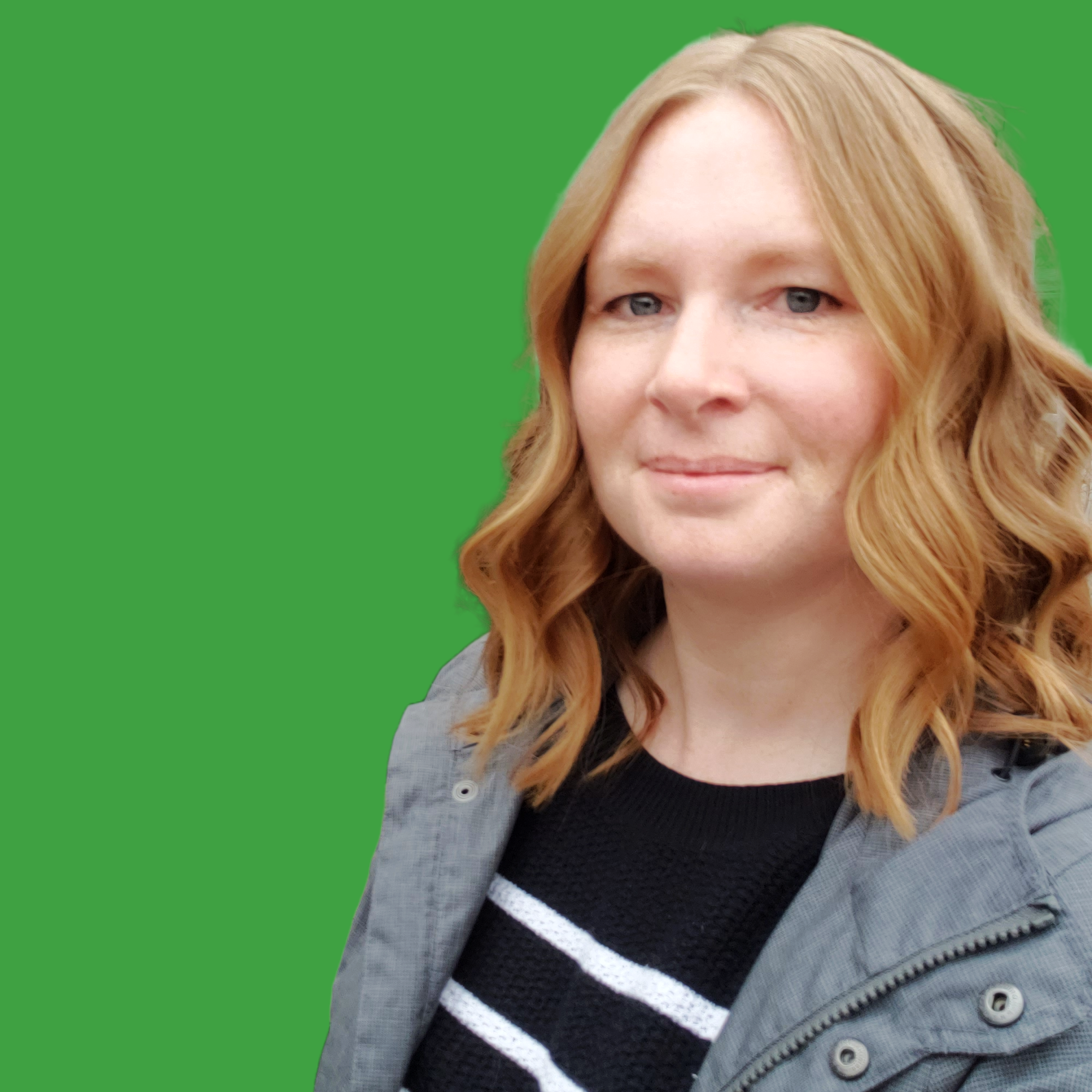Hi, I’m Krystal Bernier
an educator who specializes in inquiry based education, differentiated classrooms, and place-based learning. My two little girls, ages 5 and 7, inspired me to become a teacher. They taught me that I enjoy working with children and that my varied background has so much to offer in terms of sharing knowledge with students. As I’ve immersed myself in the profession I have realized that teaching is where I need to be. Teaching is a lifestyle that challenges me, gives me purpose, requires creativity, and that allows me to make a positive impact in student’s lives. Teaching is a career that fits well with my lifestyle and so I am able to have a successful work life balance.
When I am not teaching I am quite active. I mountain bike, lift weights, walk, hike, and camp. I also enjoying knitting, colouring, and reading a good novel. All are activities that help me destress in the evenings.
Social Studies Specialization
During my education degree, I specialized in social studies. I have a deep passion for history, politics, economics, and all topics that the subject encompasses. My vision of social studies education embraces the idea that teaching should be purposeful. Although having a clear vision for social studies education won’t be the sole factor in improving student’s enthusiasm for the subject, a big picture view of social studies pedagogy is the first step to ensuring purposeful lesson planning and capturing the hearts and minds of our students.
I envision social studies as a path for students to explore different perspectives. Bias is a natural part of historical recollection; however, acknowledging this bias exists, and guiding students to explore perspectives, is key in developing the student’s humanity. Evidence points to inquiry as essential in social studies education. As such, I envision Social Studies education as an investigative process that encourages students to formulate their own conclusions. My guiding purpose for social studies education is to equip students to become participating citizens of Canada. By understanding themselves, their communities, and Canadian culture, students can transform and make society a better place. Click here to learn more!
Connecting Students to Nature
My Approach
I enjoy the challenge of connecting the Alberta Program of Studies to the outdoors and bringing that experience to my students. In my practicum this translated to sit-spot activities, sharing circles, finding math in nature, and even landscape paintings. I have found that students are highly engaged and focused during these lessons.
When planning these lessons I use a UbD approach and start by deciding on the PoS outcomes I will focus on. Then I turn to a variety of experts and resources to bring in and adapt appropriate activities to engage students in the outcomes. Examples of resources that I use in planning include: Coyote’s Guide to Connecting with Nature by Jon Young et al., A Walking Curriculum by Gillian Judson, The Into Nature Teacher’s Guide by Ontario’s Back to Nature Network, and the Alberta Council for Environmental Education website.
Benefit Overall Student Well-Being
In Last Child in the Woods: Saving our Children from Nature-deficit Disorder, Richard Louv notes that regular time and experience in nature is fundamental to human development. Today’s children are not spending enough time in nature and, as hypothesized by a 2012/13 Canadian Health Measures Survey, more outdoor time is associated with increased physical activity, less sedentary time, and more favourable physical and psychosocial health.
Place-Based Learning
The Alberta TQS 5 notes that teachers should apply foundational knowledge about First Nations, Métis, and Inuit for the benefit of all students. When teaching Indigenous ways of knowing, being, and doing I prefer to bring the students outdoors. Place-based learning is essential in Indigenous cultures. By teaching outdoors I provide students with a better opportunity to connect with, understand, and demonstrate respect for Indigenous history, culture, contributions, languages, and experiences.



